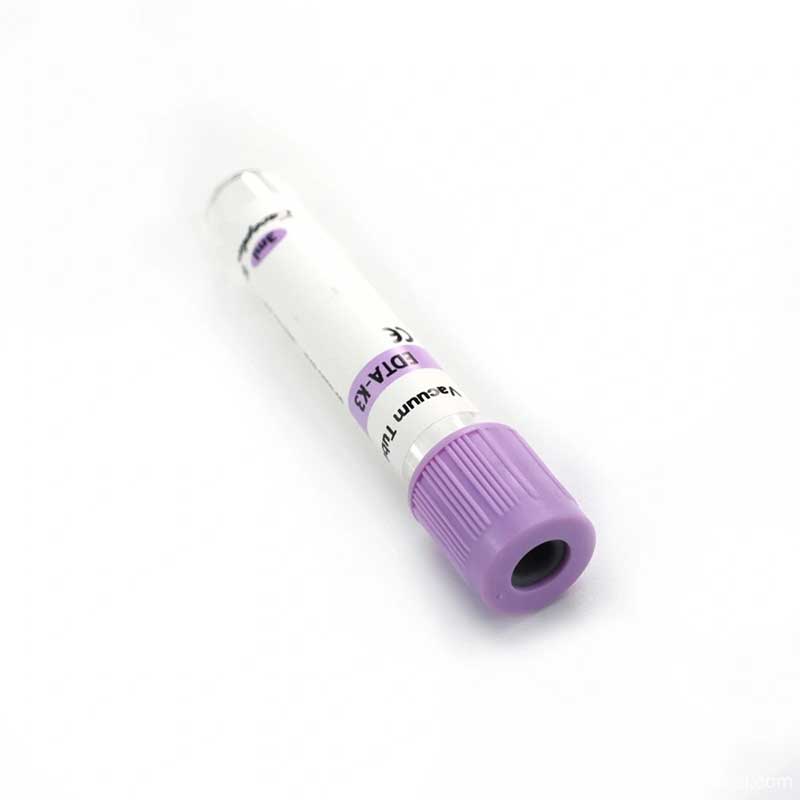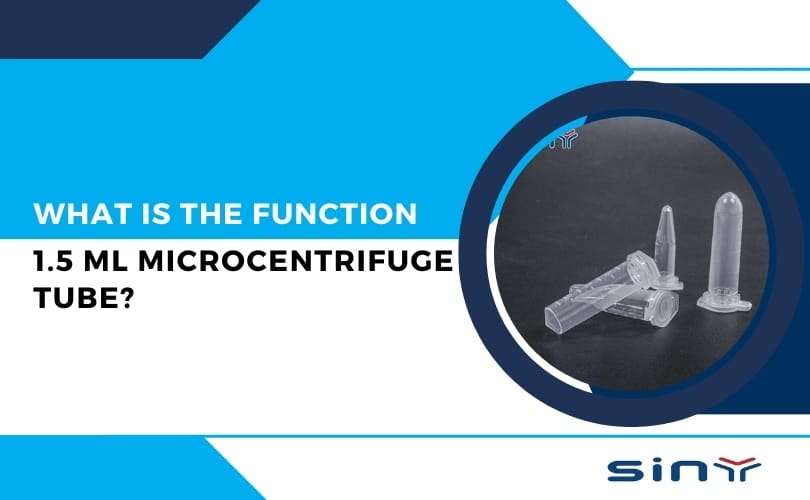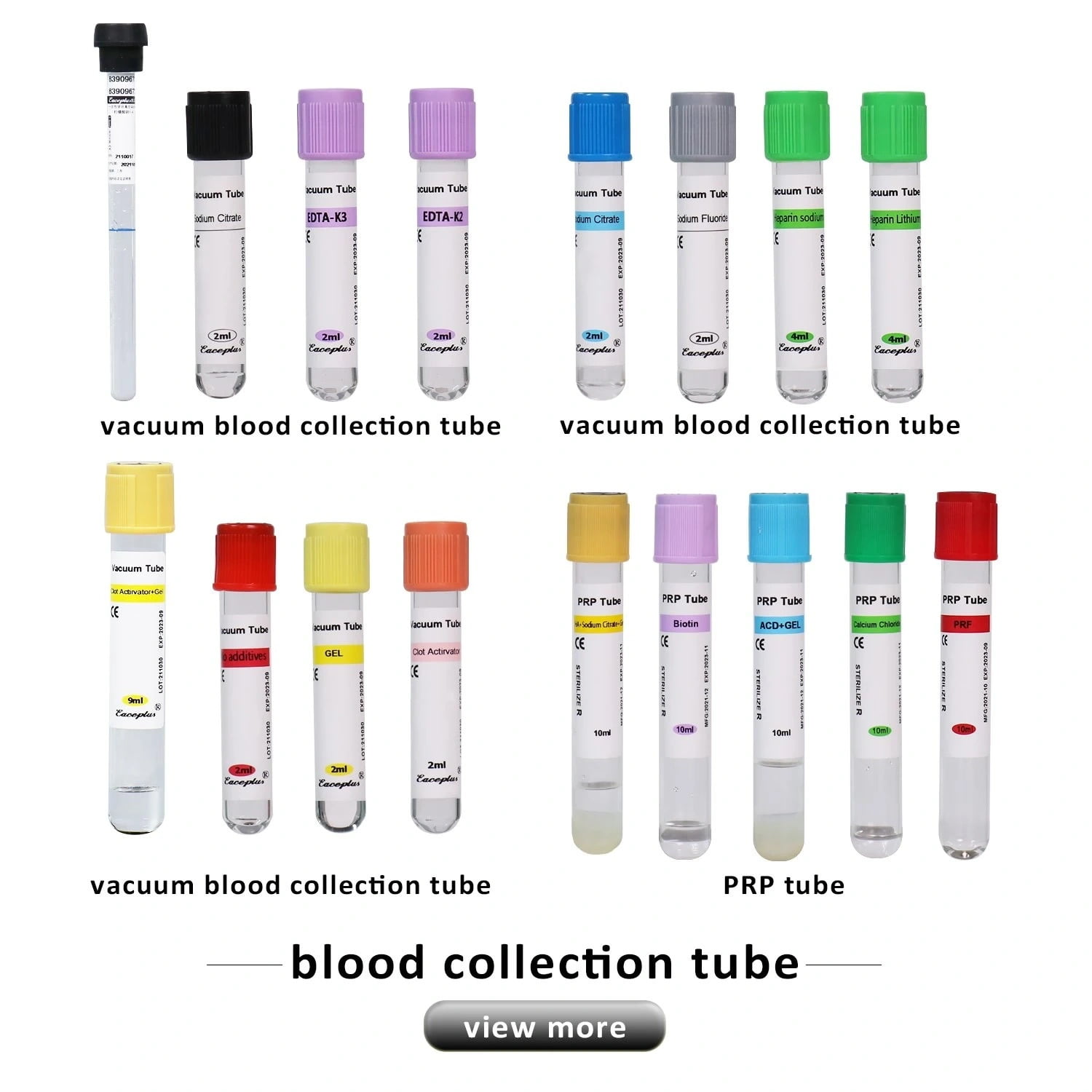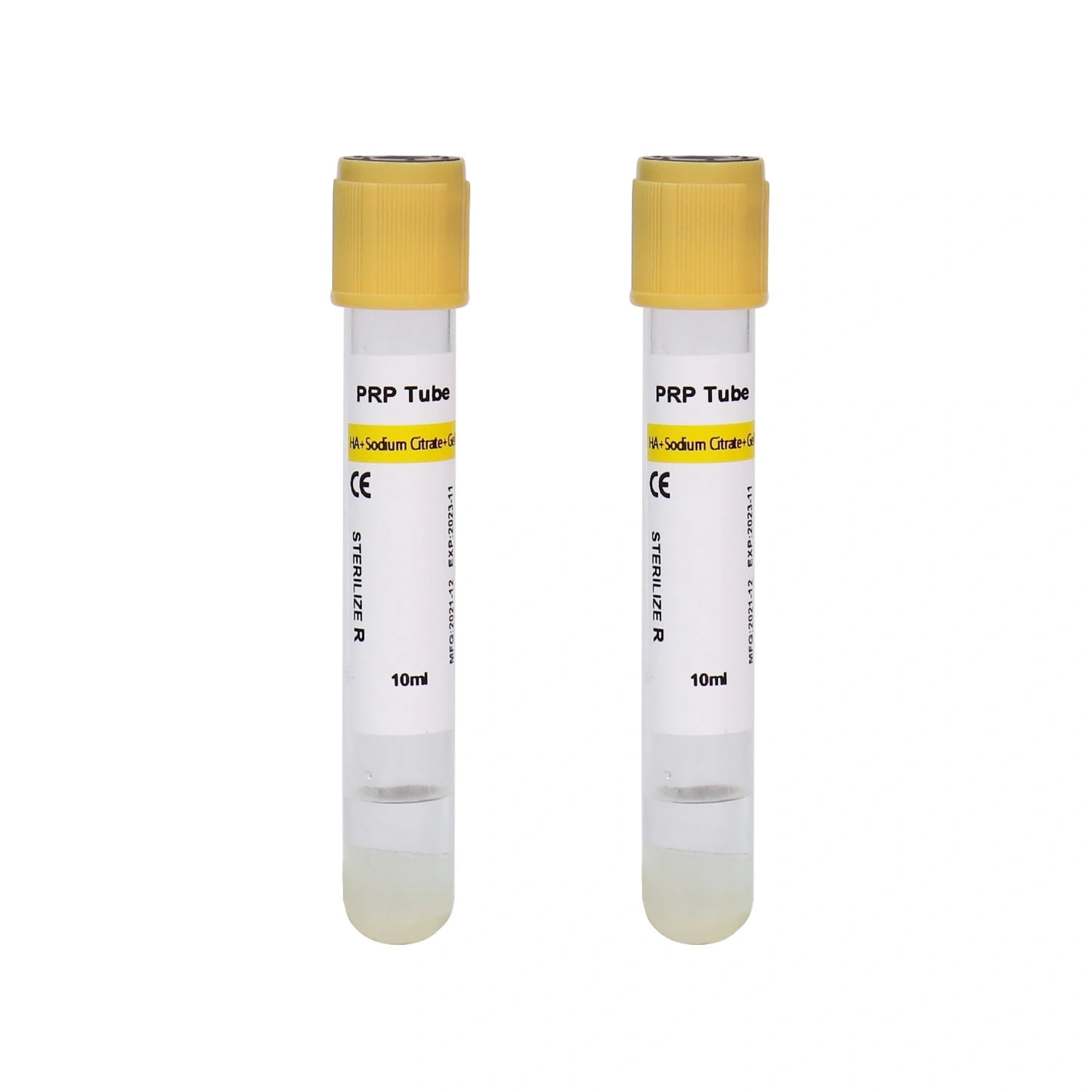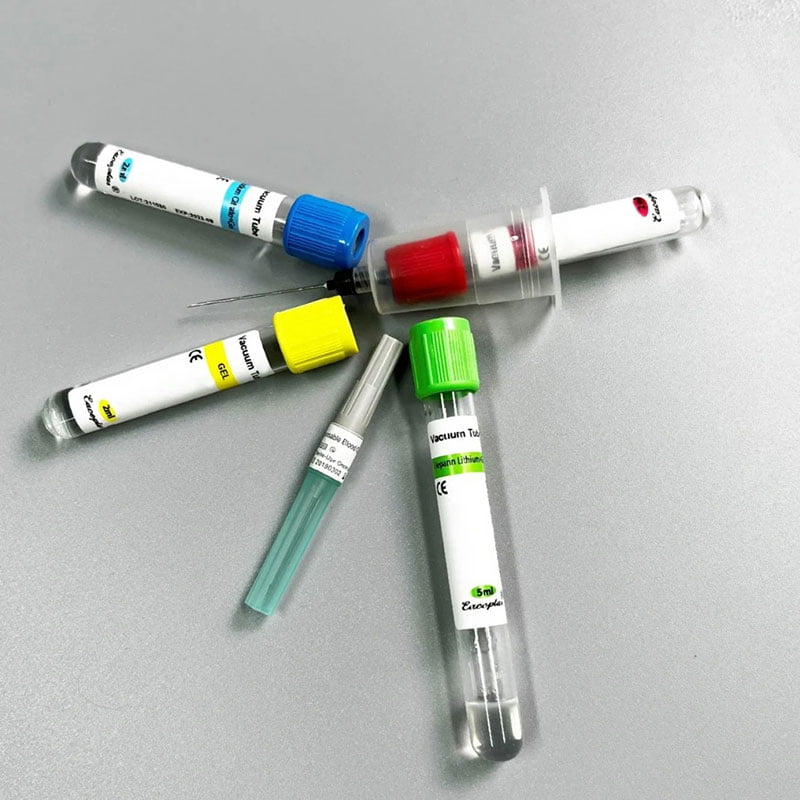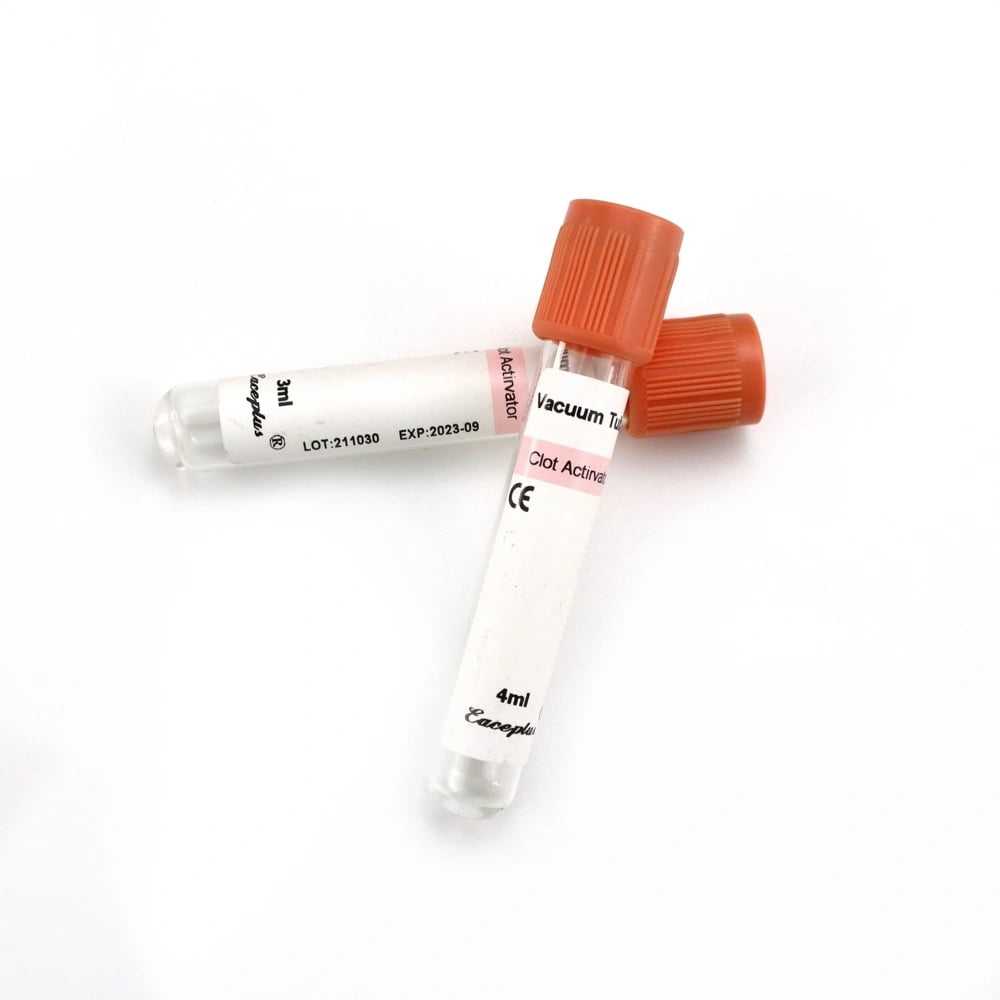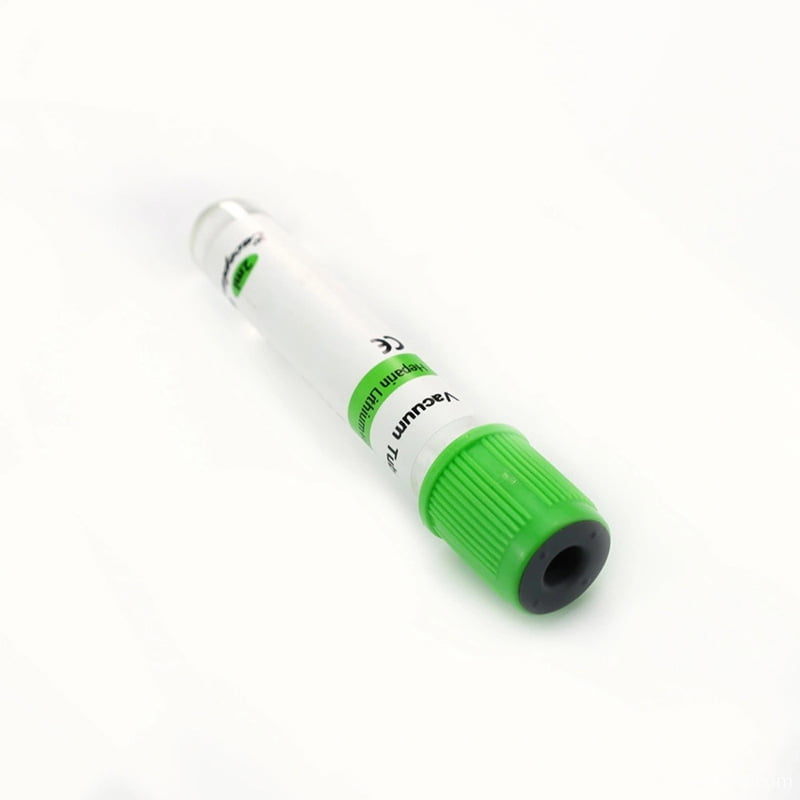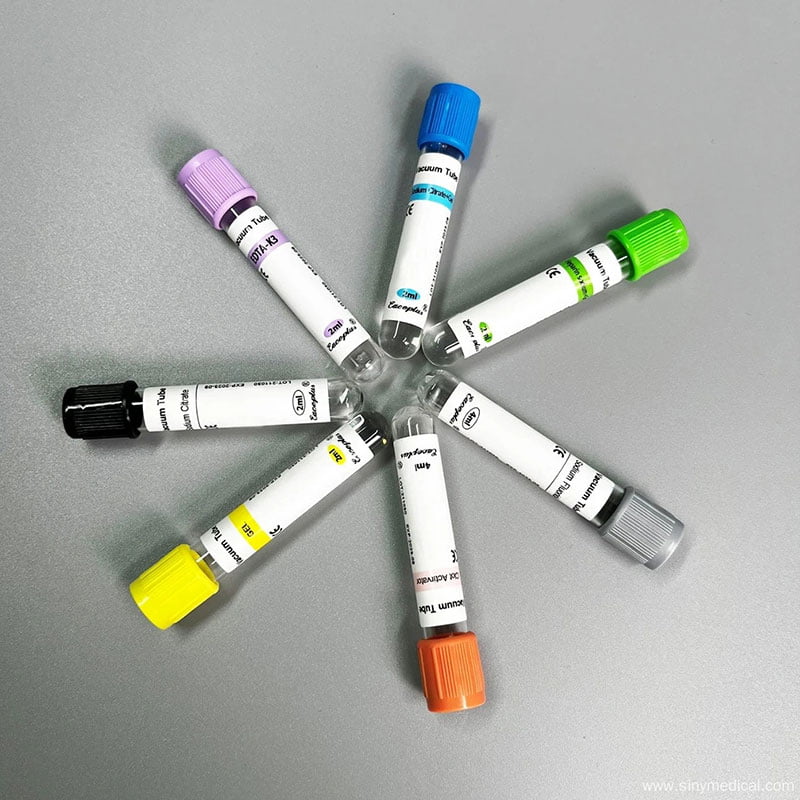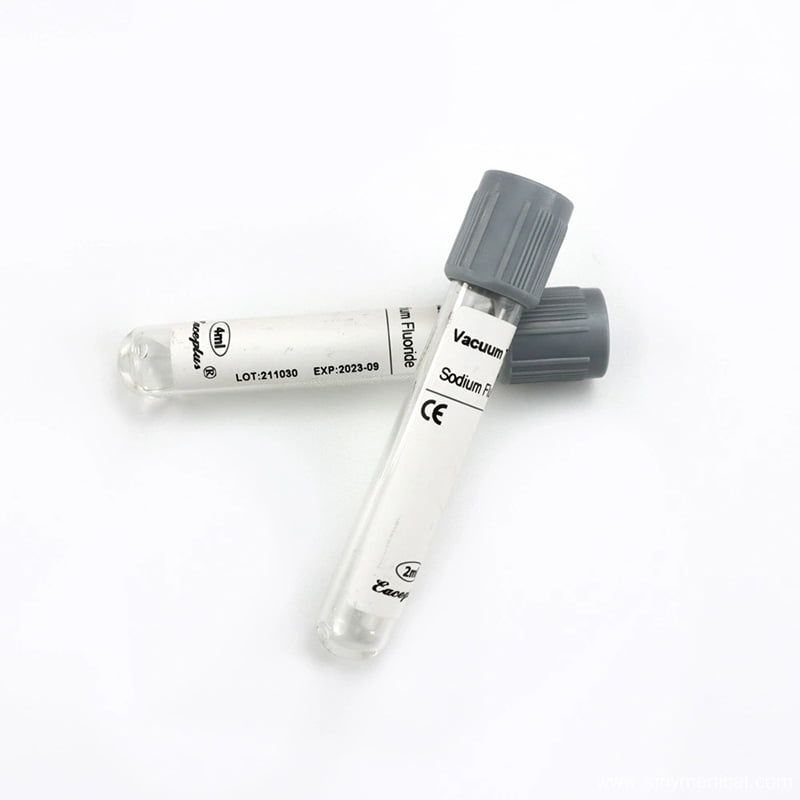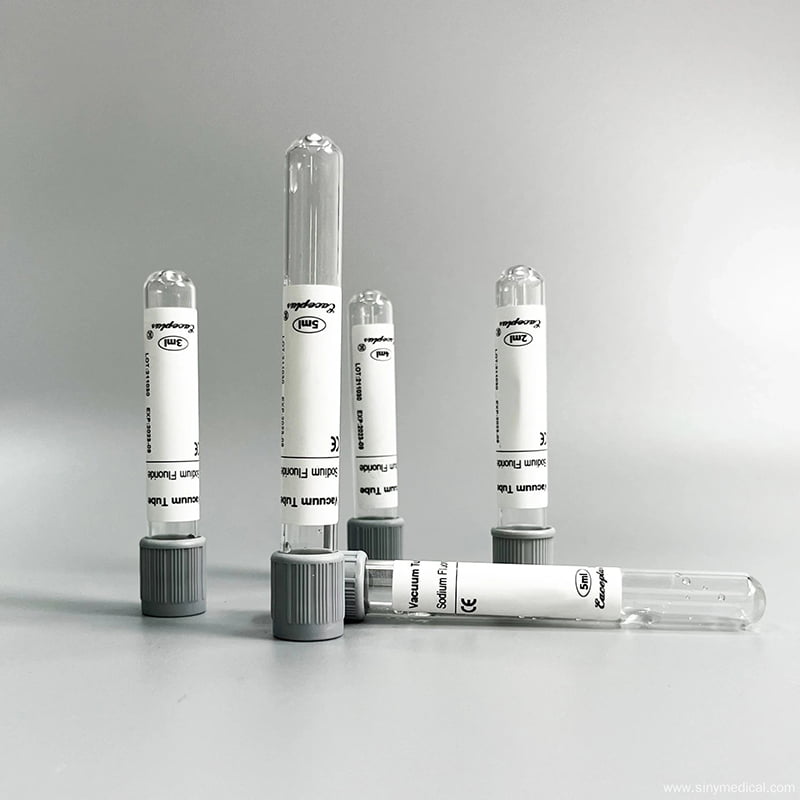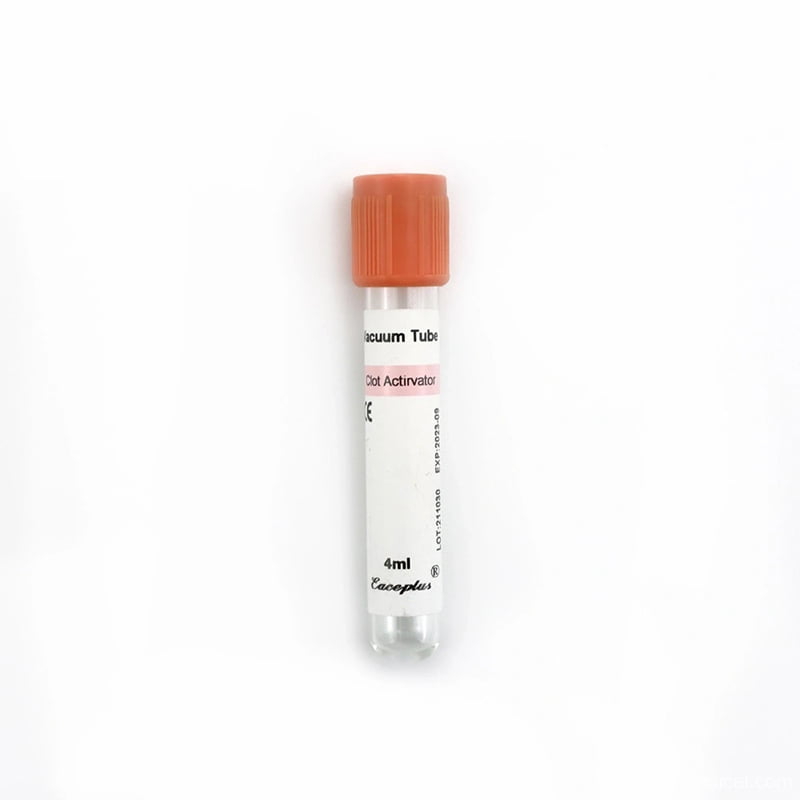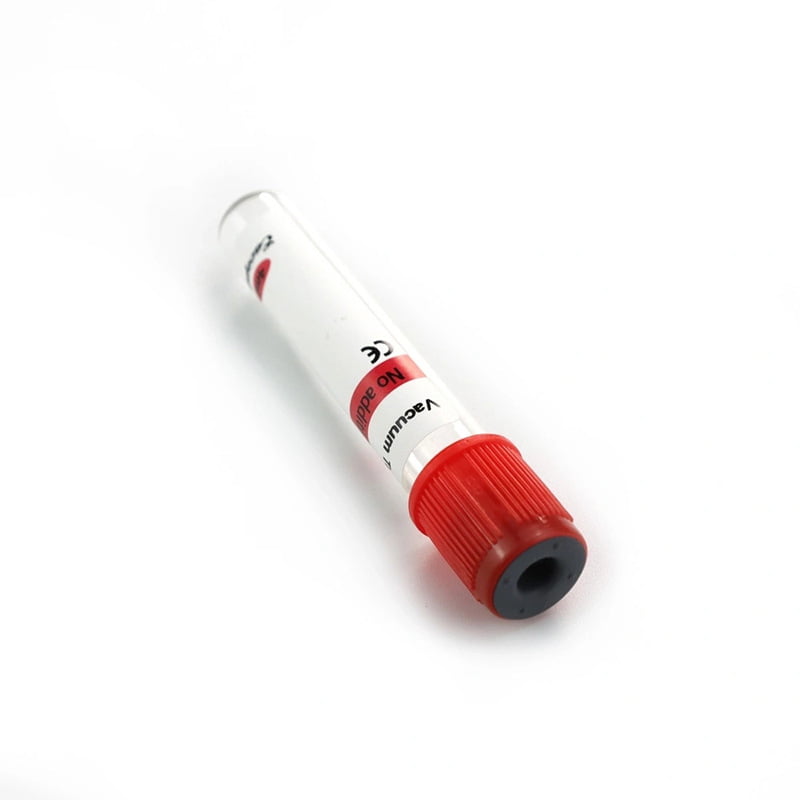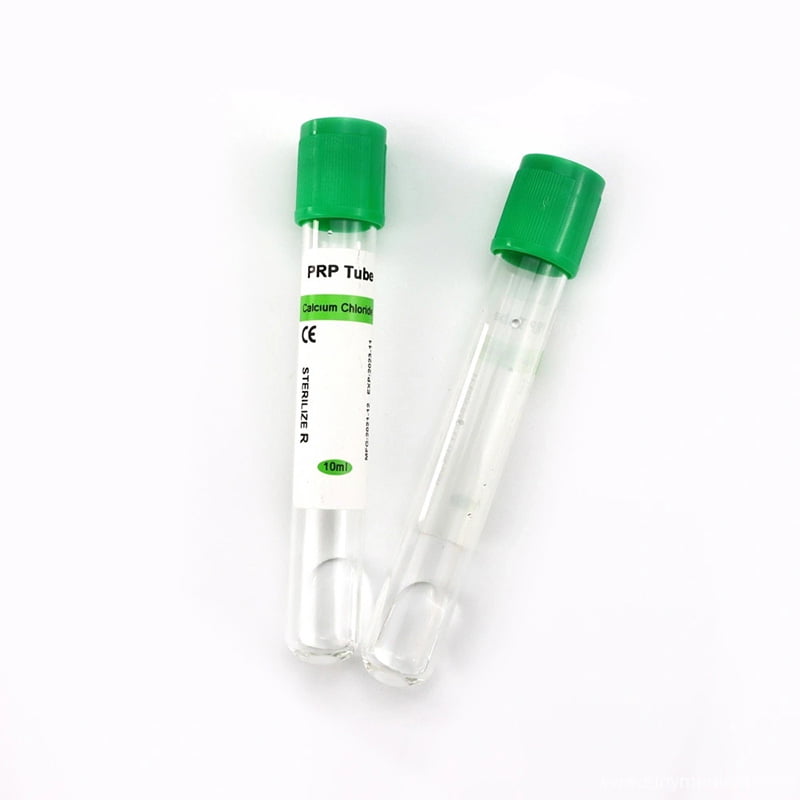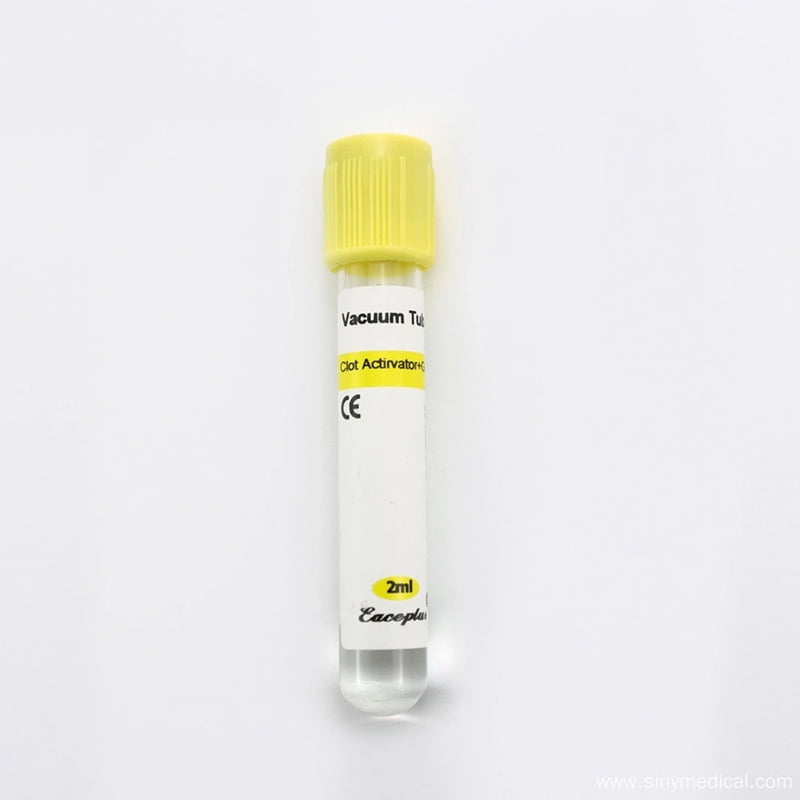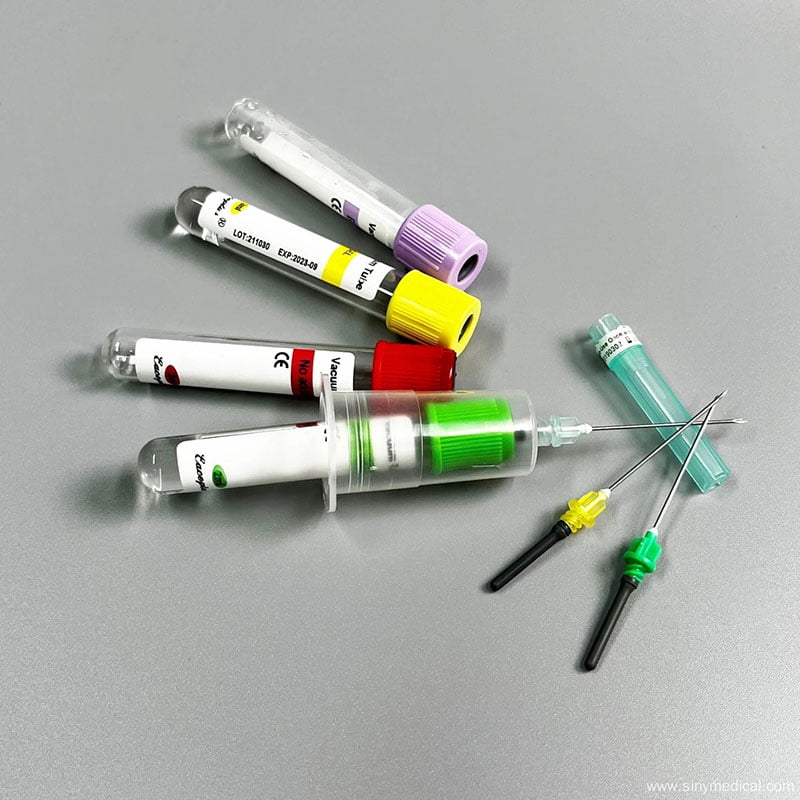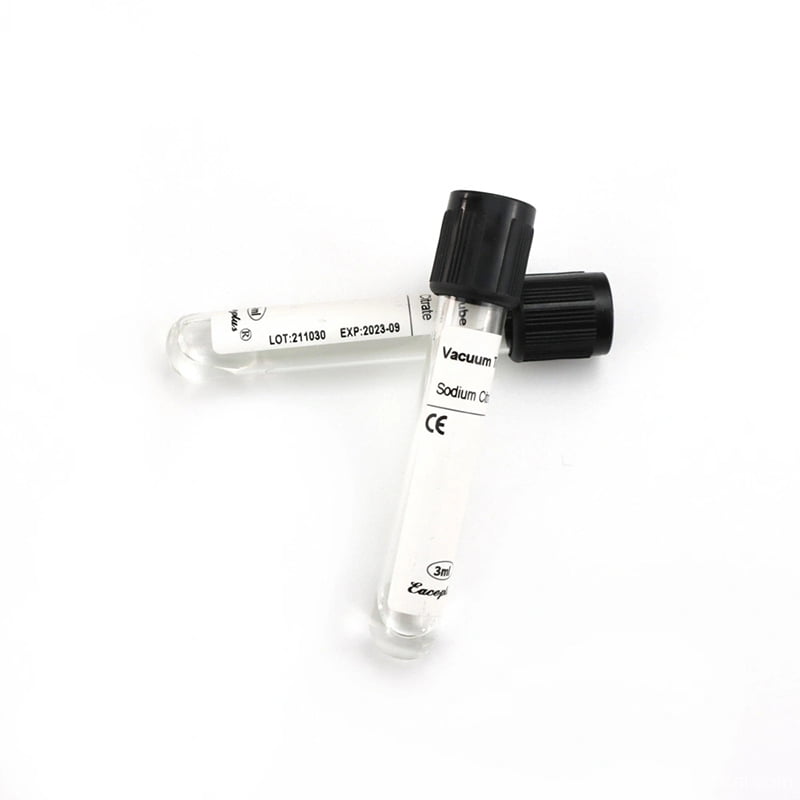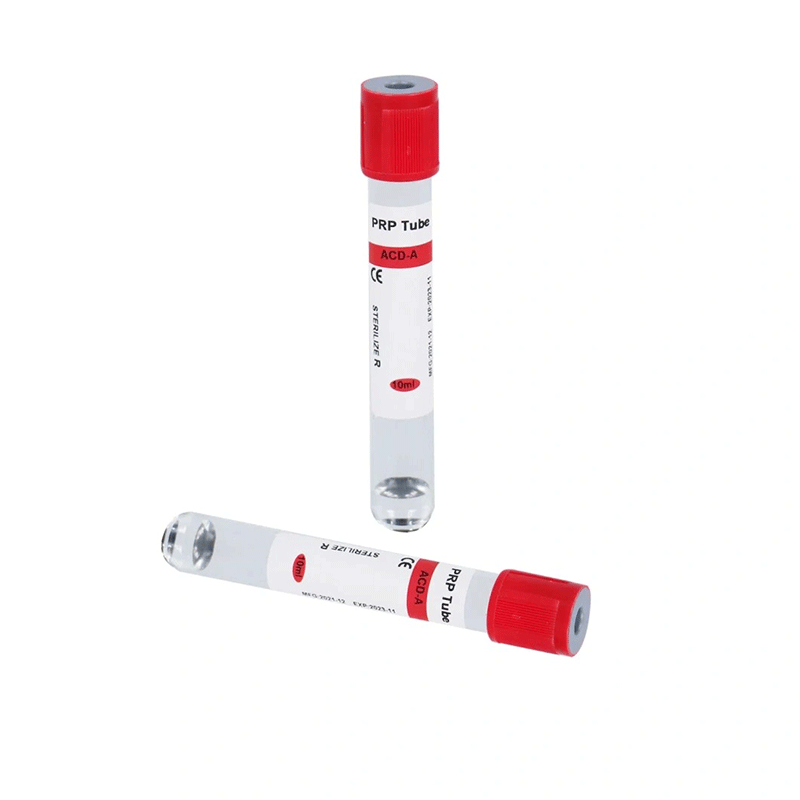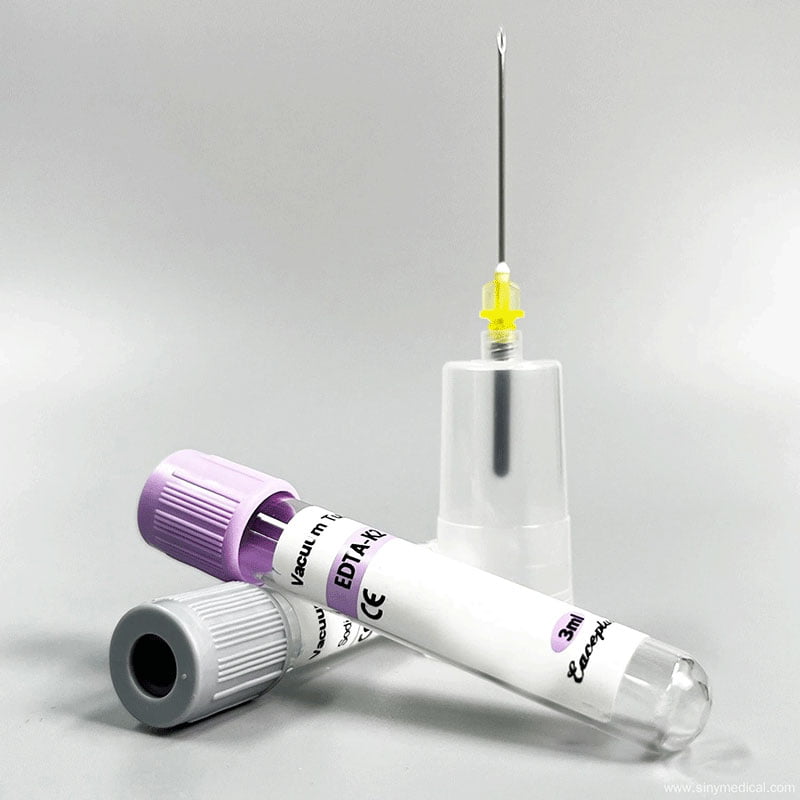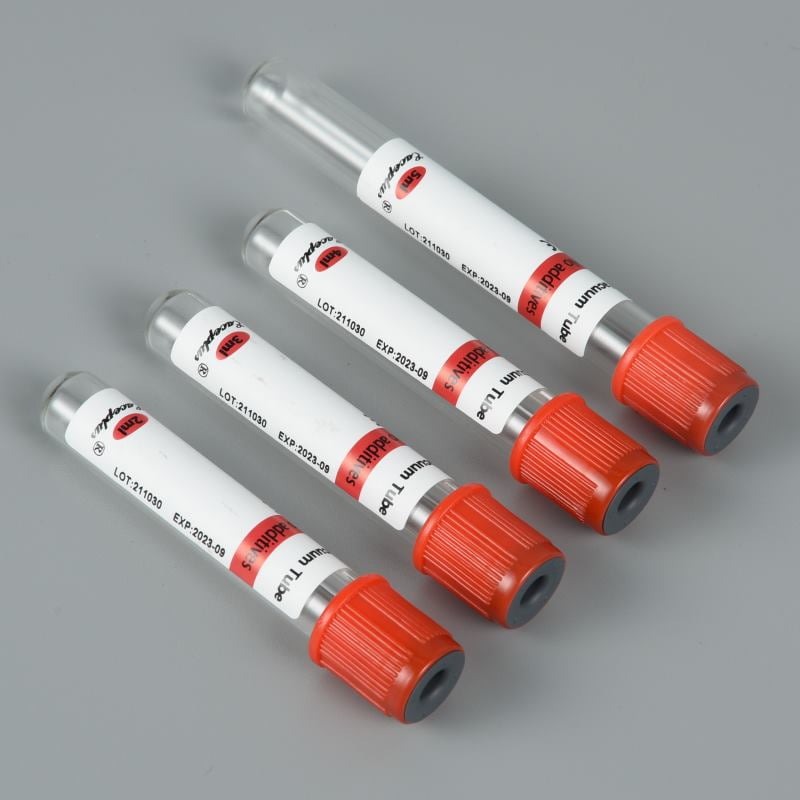Blood transfusions are one of the most vital medical procedures, often making the difference between life and death. The unsung hero behind these life-saving treatments? Blood bags. These essential medical tools ensure that healthcare providers safely store, transport, and transfuse blood donations into patients in need. In this article, we’ll explore real-life patient stories, the science behind blood bag, and how they have transformed emergency medicine and routine healthcare.
Table of Contents
The Life-Saving Role of Blood Bags in Modern Medicine
Blood bags revolutionized how healthcare professionals collect, store, and transfuse blood. Unlike early transfusions that used traditional glass bottles, modern blood bag, made of medical-grade plastic, ensure sterility, flexibility, and ease of use. Their role extends beyond just storage—they are essential in preserving blood quality, preventing contamination, and enabling safe and efficient transfusions.

Blood bags are used in various medical scenarios, including:
- Emergency trauma care: Accidents, surgeries, and severe injuries often require urgent blood transfusions.
- Cancer treatments: Chemotherapy patients frequently need transfusions to replace lost blood cells.
- Childbirth complications: Severe postpartum hemorrhage can be fatal without immediate transfusions.
- Anemia and blood disorders: Patients with conditions like sickle cell disease or thalassemia depend on regular blood transfusions.
How Blood Bags Have Saved Lives
Transfusions
Blood bags enable modern transfusion medicine to separate blood into essential components like red blood cells, plasma, and platelets. This separation ensures that patients receive only the specific blood components they need, improving the effectiveness of treatments and reducing complications.
Chemotherapy and Bone Marrow Transplants
The ability to extract platelets from whole blood has revolutionized cancer treatments, enabling more aggressive therapies for leukemia and lymphoma patients. Chemotherapy and bone marrow transplants often lead to dangerously low platelet counts, making transfusions critical for survival. Thanks to advanced blood bag technology, platelet transfusions have become safer and more efficient.
Trauma Injuries
Innovative blood products that combine red blood cells and plasma in a single blood bag increase survival rates for patients suffering from severe trauma. In emergency situations, rapid access to pre-mixed blood components can make the difference between life and death, especially in cases of massive blood loss due to accidents or surgery.
Blood Availability
Blood bags ensure that donated blood can be safely stored and transported, making it readily available for those in critical need. Whether it’s an emergency surgery, a routine transfusion, or a life-saving procedure, blood bag help maintain a stable and reliable supply in hospitals and blood banks worldwide.
Blood Bag Features
- Made of Medical-Grade Plastic – Safe, flexible plastic materials are used to design blood bag to maintain quality.
- Contain Anticoagulants – These prevent blood from clotting, ensuring it remains usable for transfusion.
- Labeled for Safety – Each blood bag includes essential details such as blood type, donor information, and expiration date for accurate matching and traceability.
- Stored Under Controlled Conditions – Technicians refrigerate blood bags to maintain their viability until needed for transfusion.
This advanced system of blood collection, storage, and transfusion has saved countless lives, proving the indispensable role of blood bag in modern medicine.
How Blood Bags Ensure Safe Transfusions
The scientifically designed blood bag maintains blood safety, sterility, and usability, making it more than just a container. Let’s look at the different components of a blood bag system and how they help save lives:
Material Composition for Sterility and Safety
Manufacturers produce modern blood bags from durable and flexible polyvinyl chloride (PVC), ensuring they can sterilize them to prevent bacterial contamination. These medical-grade materials ensure that blood remains safe and viable for transfusion.
Anticoagulant Solutions for Blood Preservation
Each blood bag contains a precise amount of anticoagulant solutions, such as CPDA-1 (Citrate Phosphate Dextrose Adenine), to prevent clotting and extend blood shelf life.
Different Types of Blood Bags for Various Needs
Hospitals and blood banks use different types of blood bags depending on the medical requirement:
| Type of Blood Bag | Usage |
|---|---|
| Single Blood Bag | Used for whole blood collection and transfusion |
| Double Blood Bag | Allows separation of plasma from red blood cells |
| Triple Blood Bag | Enables collection of whole blood and separation into plasma, RBCs, and platelets |
| Quadruple Blood Bag | Used in advanced blood processing, like component therapy |
For more details, explore the various types of blood bags used in medical settings.
The Future of Blood Storage and Transfusion Technology
Blood transfusion technology has come a long way, but innovations continue to enhance its efficiency and safety. Some key advancements include:
- Biodegradable Blood Bags: Research is underway to develop eco-friendly blood bags that reduce medical waste.
- Smart Blood Bags with RFID Tracking: Some new-generation blood bags feature RFID technology, allowing hospitals to track storage conditions and expiration dates in real time.
- Artificial Blood Development: Scientists are experimenting with synthetic blood to address shortages and meet emergency needs.
Explore more on blood bags and their role in healthcare here.
Final Thoughts: Blood Bags—A Silent Life-Saver
From emergency rooms to cancer treatment centers, blood bags play an indispensable role in modern medicine. The inspiring patient stories shared in this article are just a glimpse into how these medical innovations save lives every day. Blood bag play a crucial role, thanks to donations, medical advancements, and improved storage solutions.
Explore high-quality products at SINY Medical’s Official Website. For more information visit us on Youtube or Made-in-China. and visit Siny Medical for more information.
FAQs
What is a Blood Bag?
A blood bag is a sterile container for the collection, storage, and transportation of blood and its components. Find more information at What Is a Blood Bag?.
How Long Can Blood Be Stored in a Blood Bag?
With proper anticoagulants like CPDA-1 or SAGM, you can store blood for up to 42 days.
What Are the Different Types of Blood Bag Available?
The common types are:
- Single Blood Bag are used for whole blood collection.
- Medical professionals use double blood bag to separate plasma.
- Triple and Quadruple Blood Bag are for advanced component separation.
How Are Blood Bags Manufactured?
Manufacturers create blood bags from medical-grade materials under sterile conditions. Learn more at How Do You Manufacture a Blood Bag?.
How are blood bags labeled?
Each blood bag features a label that includes the blood type, donor information, and expiration date to ensure proper tracking and safety.

